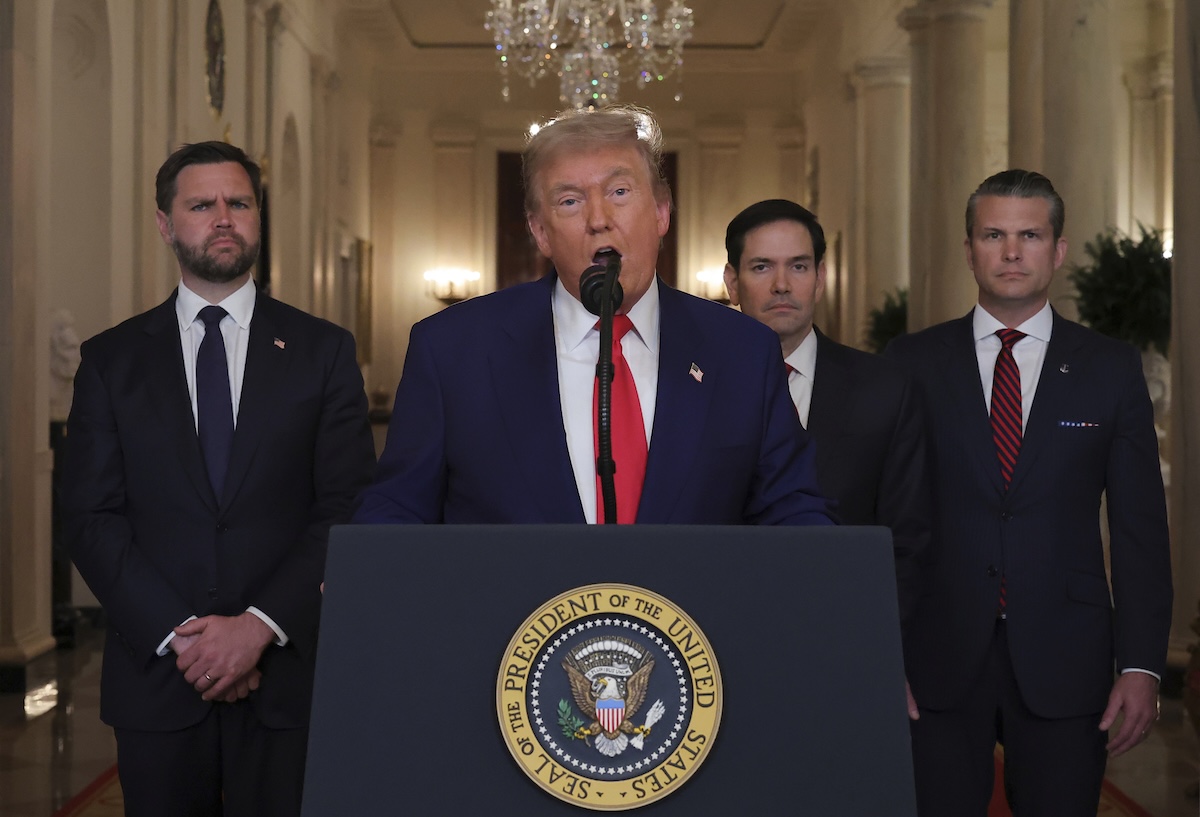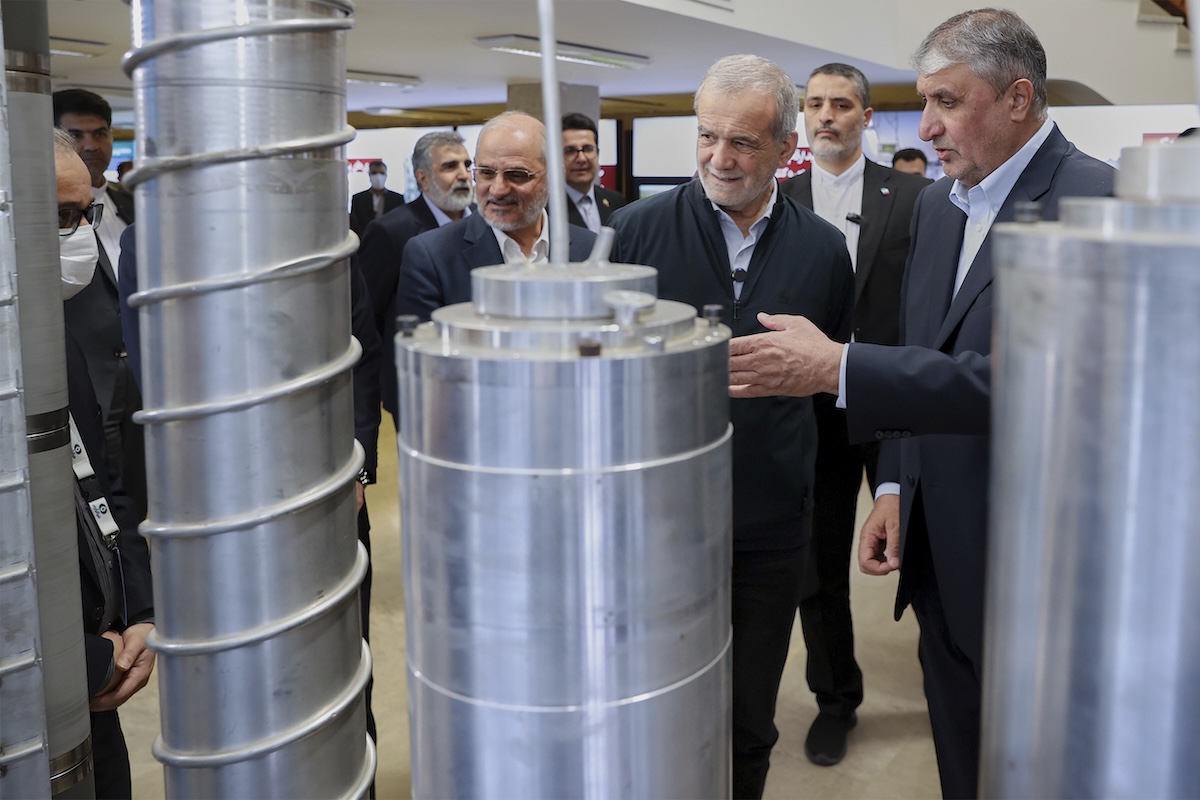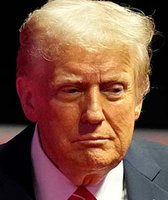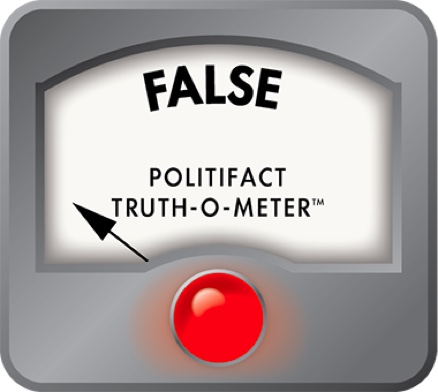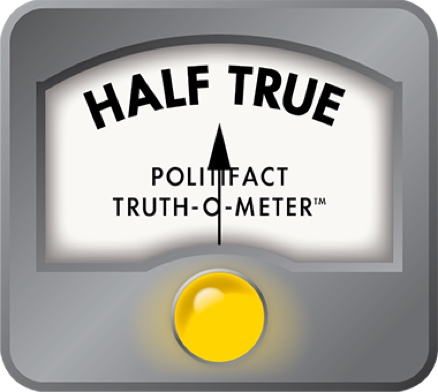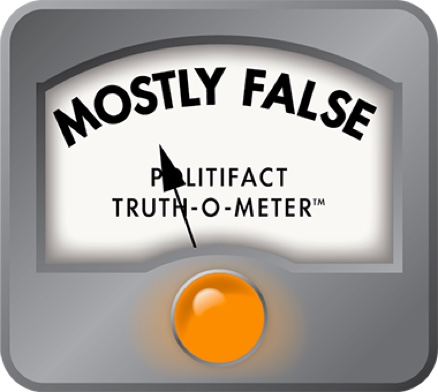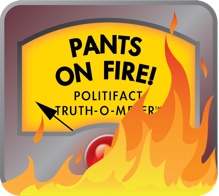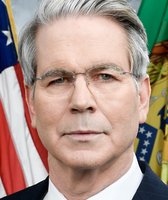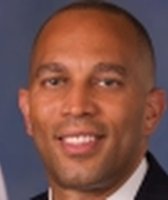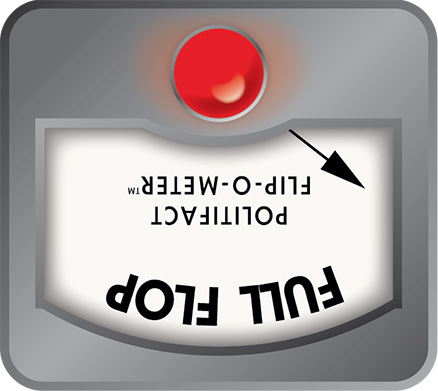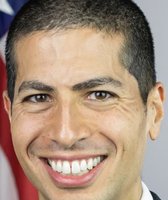Get PolitiFact in your inbox.
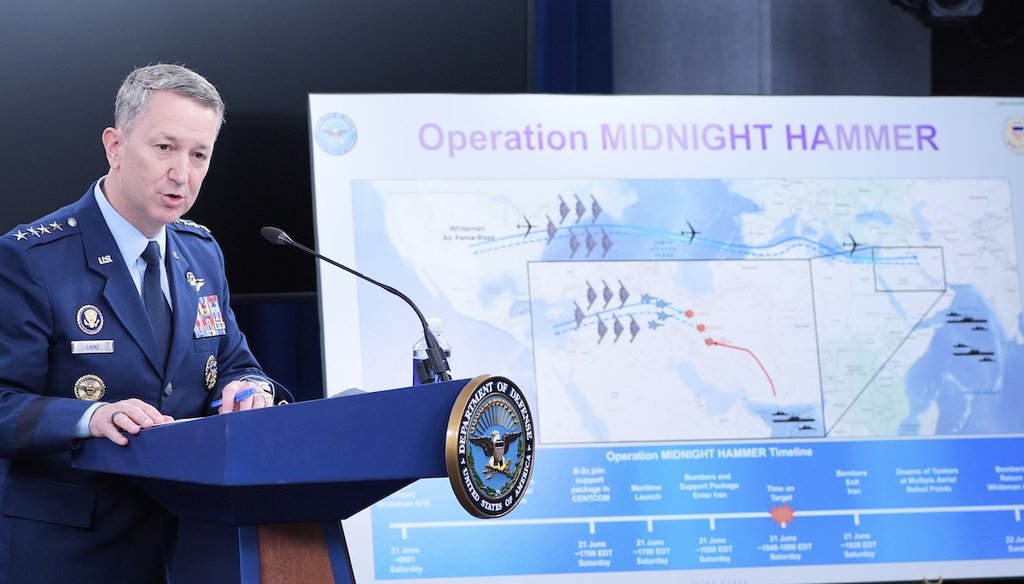
Joint Chiefs of Staff Chairman Gen. Dan Caine during a news conference at the Pentagon on June 22, 2025, after the U.S. military struck three sites in Iran. (AP)
Hours after the United States attacked three Iranian nuclear sites June 21, President Donald Trump addressed the nation from the White House, offering his assessment of the results.
"Tonight, I can report to the world that the strikes were a spectacular military success," Trump said. "Iran’s key nuclear enrichment facilities have been completely and totally obliterated."
Trump said this while flanked by Vice President JD Vance, Secretary of State Marco Rubio and Defense Secretary Pete Hegseth. But some of these officials eventually offered more cautious takes on the scope of the damage.
At a press briefing the next morning with Hegseth, Gen. Dan Caine, the Joint Chiefs of Staff chairman, told reporters, "Final battle damage will take some time, but initial battle damage assessments indicate that all three sites sustained extremely severe damage and destruction."
On the June 22 edition of ABC’s "This Week," host Jonathan Karl pressed Vance on the assessments, asking, "Have those facilities been obliterated?"
Vance responded, "Well, Jon, severely damaged versus obliterated — I'm not exactly sure what the difference is. What we know is we set their nuclear program back substantially."
Israeli military officials, speaking anonymously, told The New York Times and The Washington Post that they considered the underground nuclear site at Fordo — the key U.S. target because it required bunker-busting bombs only the U.S. could deliver — to be "severely damaged" but not "completely destroyed."
Asked June 23 whether Trump stood by his "completely and totally obliterated" characterization, the White House pointed PolitiFact to Trump’s June 22 Truth Social posts. In those, he said the raids took "the ‘bomb’ right out of their hands" and that "obliteration is an accurate term!"
Then, on June 23, Trump posted to Truth Social, "The sites that we hit in Iran were totally destroyed, and everyone knows it. Only the Fake News would say anything different."
It’s not yet clear how severely the U.S. strikes damaged Iran’s nuclear facilities.
Military experts widely agreed that Trump’s "completely and totally obliterated" characterization was premature, and that Caine’s more measured terminology was more plausible.
"It would have been difficult to confidently make such a statement right after the raid," said Mark F. Cancian, a senior adviser with the Center for Strategic and International Studies, a Washington-based think tank.
It’s difficult to have definitive information, even 48 hours after the strikes, about damage to the facilities at Fordo, which are located hundreds of feet under the surface and would not be visible on satellite imagery.
"There’s a lot more that we don’t know than we do know," Daniel Poneman, a Council on Foreign Relations senior fellow, said at a June 23 panel discussion.
President Donald Trump speaks from the White House on June 21, 2025, after the U.S. military struck three Iranian nuclear and military sites, as Vice President JD Vance, Secretary of State Marco Rubio and Defense Secretary Pete Hegseth listen. (AP)
How are bomb damage assessments conducted?
A bomb damage assessment begins with the use of overhead surveillance, from satellites and sometimes from drones.
"Analysts will look for smoke, for collapsed areas where tunnels were known to be located, and for traffic in and out of the facility," said Lance Janda, a Cameron University military historian.
That information provides some confidence about above ground structures, Cancian said. Reports from the participating pilots can also be valuable, although they might be hampered by high altitude and darkness.
But underground structures such as those at Fordo are more difficult to assess. The United States might be able to surveil conversations by Iranian officials or lower-level workers at the sites, or they may have intelligence sources who share information.
Another clue the U.S. and its allies will be looking at is whether any of these sites are experiencing radioactive leakage, which could show whether machinery for the enrichment process was broken.
Ultimately, when an assessment is complete, it is generally offered on a spectrum with a specific level of confidence, either high, low or somewhere in between, said Philipp C. Bleek, a professor with the nonproliferation and terrorism studies program at the Middlebury Institute of International Studies at Monterey, California.
Janda said the assessments might never be certain "unless the Iranians tip their hand or the facility just stays dormant for years."
All of these processes take time.
"There is no possible way President Trump could have had an accurate assessment of the actual bomb damage inflicted at all of the sites when he made the statement that Iran’s key nuclear enrichment facilities had been ‘totally obliterated,’" Janda said.
Iranian President Masoud Pezeshkian, second from the right, talks with with the country’s atomic energy chief, Mohammad Eslami, in Tehran, April 9, 2025. (AP via president of Iran)
What is the best estimate about the extent of the damage?
The satellite imagery available to the public so far suggests extensive damage aboveground, but less clarity on how severe the damage is underground.
"Based on everything I've seen, and I've been following this closely, it seems likely that significant damage was caused," Bleek said. "But the precise extent of the damage is hard to assess, and also hard to assess for military and government officials, despite the additional information available to them."
There’s also uncertainty about the fate of Iran’s uranium stocks. Rafael Mariano Grossi, the director general of the International Atomic Energy Agency, which tracks Iran’s nuclear program, told CNN on June 22, "Iran has made no secret that they have protected this material." Later that day, Grossi told The New York Times he personally believes the fuel stockpile was moved before the strikes.
Hans M. Kristensen, Federation of American Scientists nuclear information project director, told PolitiFact he agreed with Grossi’s suspicion. "I certainly expect Iran would have tried to move some of the fissile material to safe locations," Kristensen said.
The uncertainty about the location of Iran’s uranium stocks is one reason why experts are cautious about declaring the U.S. bombing a success.
Max Boot, a Council on Foreign Relations senior fellow, described the U.S. attack as "tactically flawless," but added that it could "backfire" if Iran retains enough highly enriched uranium and enough capacity to weaponize it, then uses the U.S. attack as justification to redouble its nuclear efforts.
"At that point, nobody will look back and say, wow, what a tactically flawless strike," Boot said.
PolitiFact Senior Correspondent Amy Sherman contributed to this report.
Our Sources
Donald Trump, remarks from the White House, June 21, 2025
Defense Department, press briefing, June 22, 2025
JD Vance, remarks on ABC’s "This Week, June 22, 2025
Donald Trump, Truth Social posts, June 22 and 23, 2025
The New York Times, "Officials Concede They Don’t Know the Fate of Iran’s Uranium Stockpile," June 22, 2025
The Washington Post, "What satellite images reveal about damage to Iran’s nuclear sites," June 23, 2025
CNN, "UN nuclear chief assesses damage of US strikes on Iran’s nuclear program," June 22, 2025
PolitiFact, "Why a possible U.S. attack on Iran could break a longstanding U.S.-Israel pattern," June 17, 2025
Max Boot, senior fellow at the Council on Foreign Relations, comments at a panel discussion, June 23, 2025
Daniel Poneman, senior fellow at the Council on Foreign Relations, comments at a panel discussion, June 23, 2025
Email interview with Hans M. Kristensen, director of the nuclear information project at the Federation of American Scientists, June 23, 2025
Email interview with Philipp C. Bleek, professor with the nonproliferation and terrorism studies program at the Middlebury Institute of International Studies at Monterey, June 23, 2025
Email interview with Lance Janda, Cameron University military historian, June 23, 2025
Email interview with Mark F. Cancian, senior adviser with the Center for Strategic and International Studies, June 23, 2025
Statement to PolitiFact from the White House, June 23, 2025

